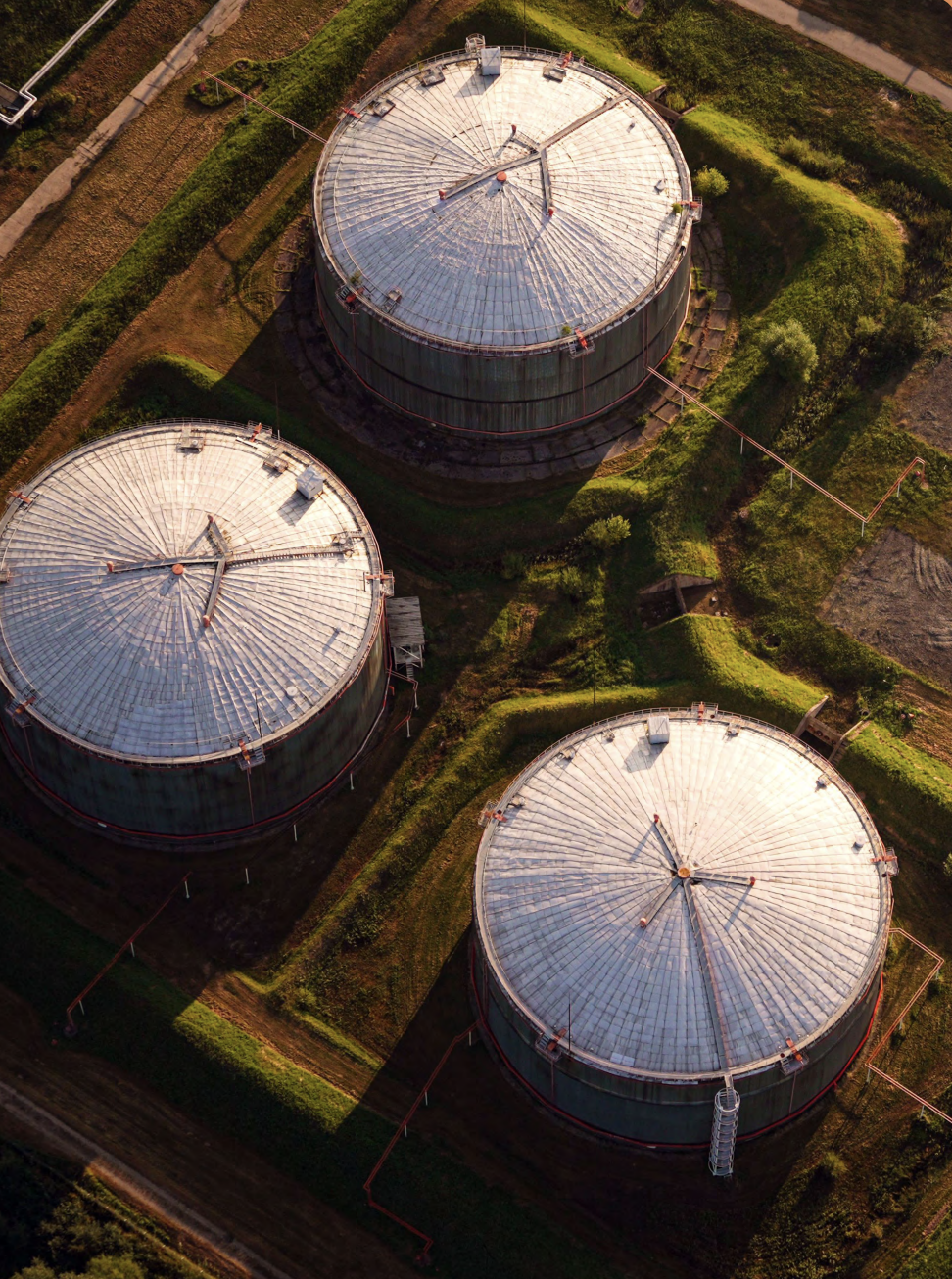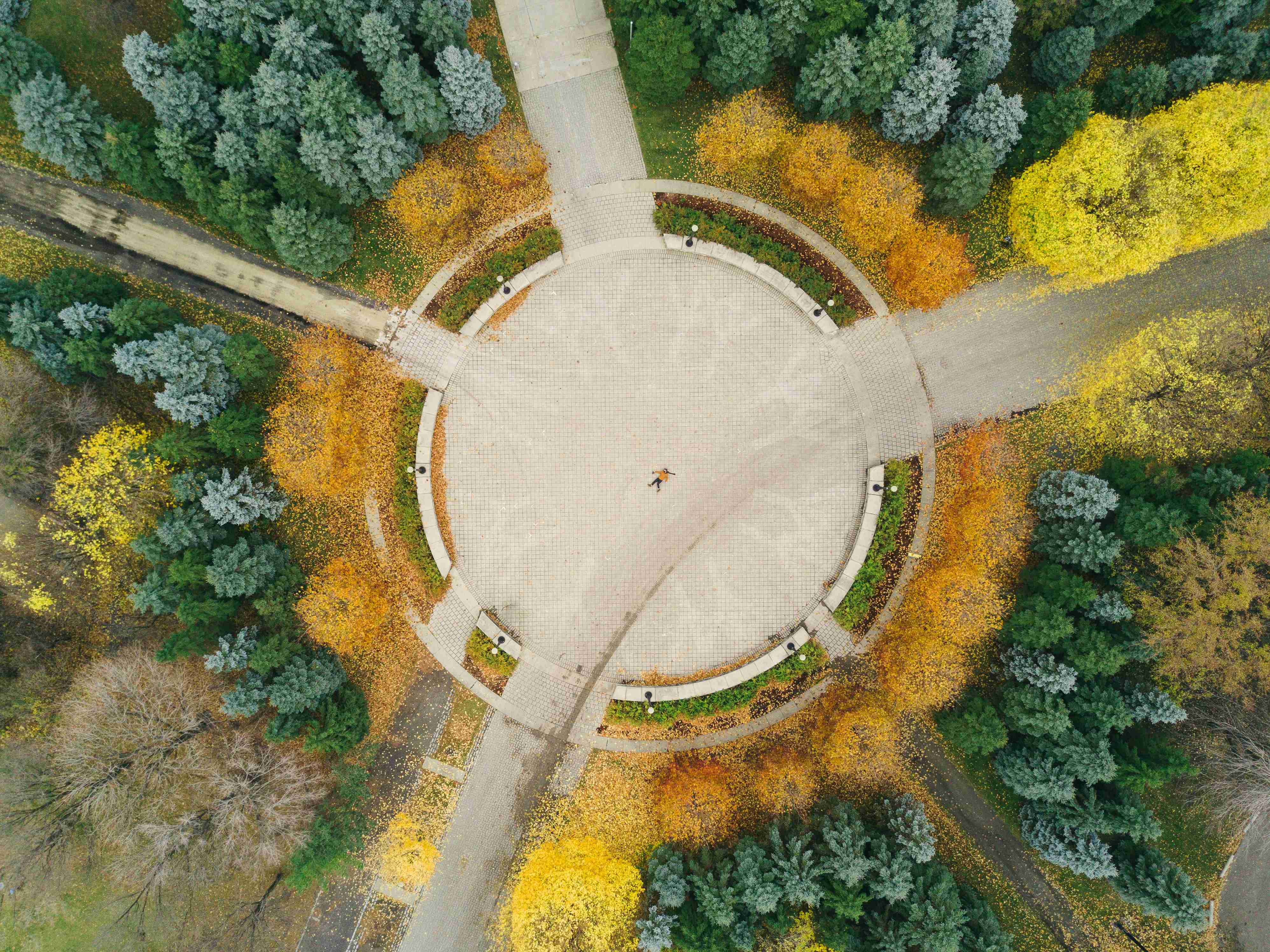The Closed Loop Foundation, in partnership with the Danaher Foundation explores the efficacy of large-scale anaerobic digestion facilities’ ability to breakdown compostable packaging.
While we know certified, food-contact compostable packaging containing food scraps can be properly recovered in composting facilities, some U.S. municipalities rely on anaerobic digestion (AD) for organic waste management. This prompts a crucial question: can large-scale AD facilities in the U.S. also effectively handle compostable packaging?
To help answer this question, the Composting Consortium, managed by the Center for the Circular Economy at Closed Loop Partners, conducted a study published by the Closed Loop Foundation to assess the extent to which compostable packaging is currently processed within existing large-scale AD infrastructure in the U.S. The analysis, done in partnership with BioCycle and Target Renewables, LLC., was focused on those facilities that process hundreds to thousands of tons of organic waste per day.
The findings of this study suggest that large-scale AD, in its current state in the U.S., may not be a suitable solution for processing food waste with compostable packaging. Given the nascency of industrial anaerobic digestion systems that process compostable packaging in the U.S., the Consortium connected industry learnings from the UK and European Union (EU) to the U.S. market. Markets like the European Union (EU) are leading the way in processing compostable packaging, particularly liner bags used in source-separated food waste collection. This success is attributed to their well-developed infrastructure for integrating anaerobic digestion (AD) and composting, allowing them to effectively manage the compostable packaging stream on a large scale.


.svg)


